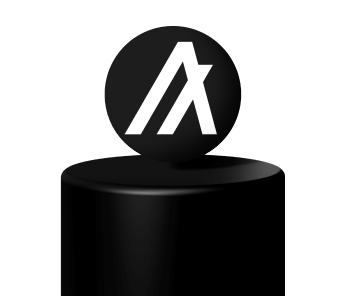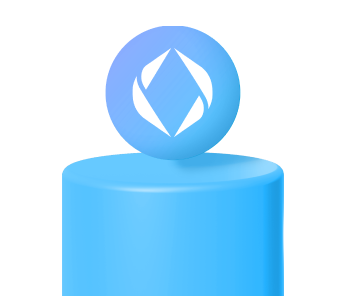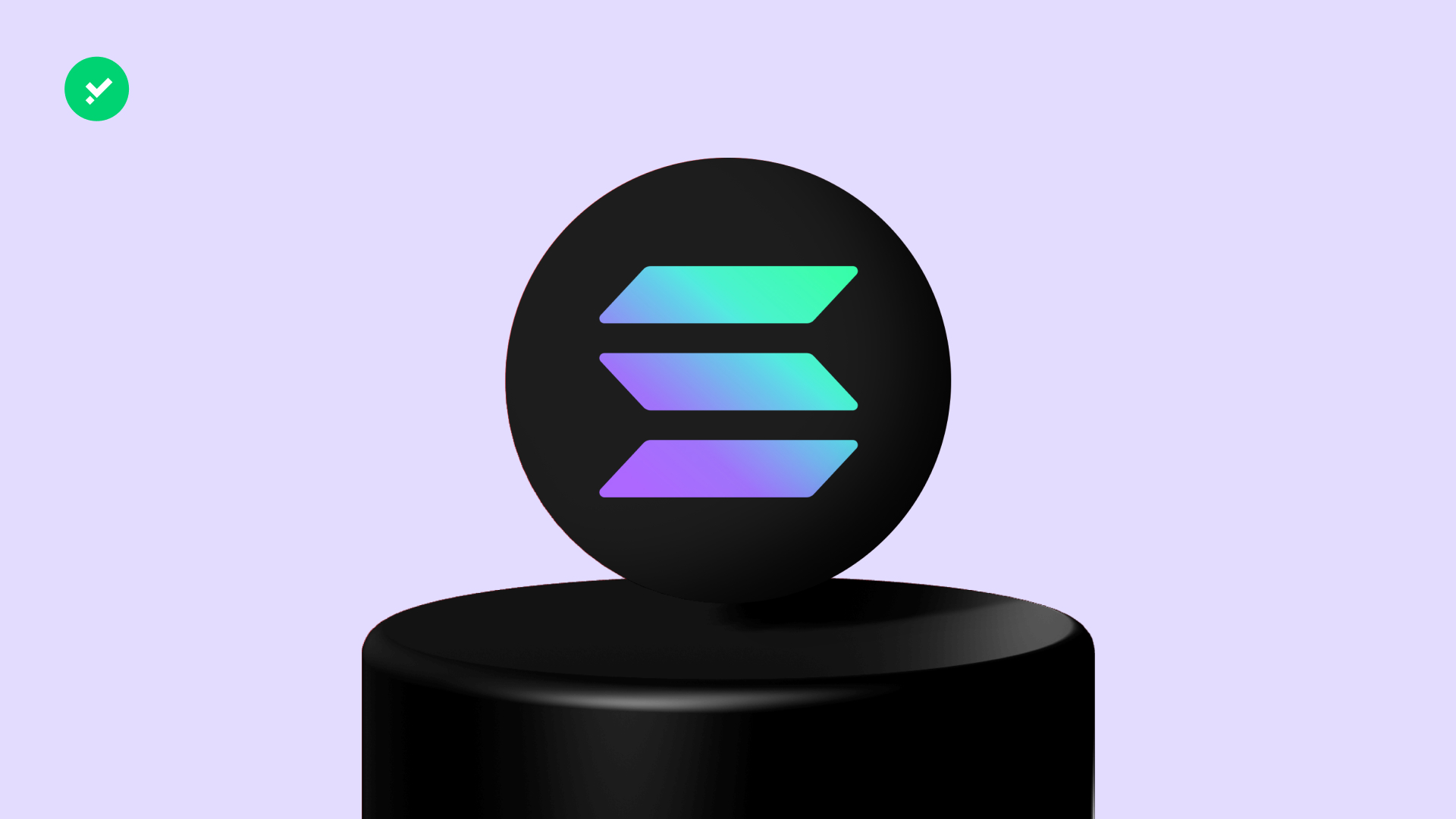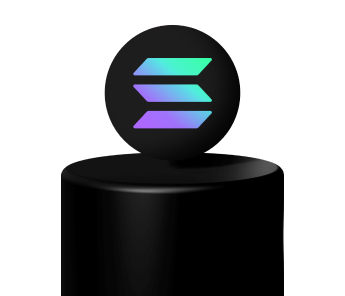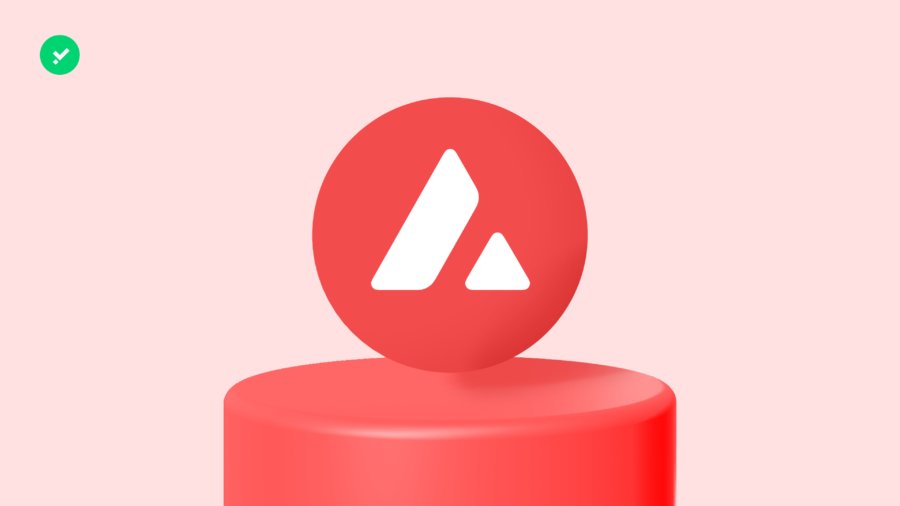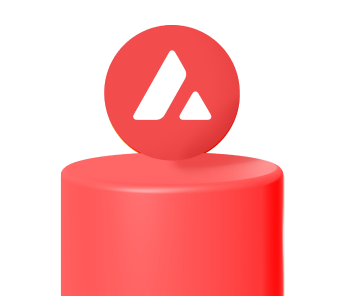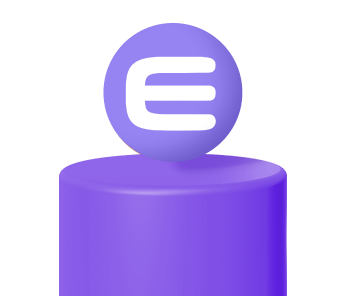From today on Young Platform and Young Platform Pro, you can buy ALGO, the Algorand token, the environmentally friendly and scalable blockchain.
Young Platform’s exchange welcomes ALGO! If you’re not already familiar with Algorand and all its features, this listing is the perfect opportunity to find out if it’s the blockchain for you!
What is Algorand?
To understand what Algorand’s blockchain is made of, we can focus on two concepts: decentralised finance and the scientific study of blockchain. The first aspect tells about its main applications, in fact, more than 600 global organisations use Algorand’s tools to offer financial services or protocols and dapp for DeFi, decentralised finance.
The second describes a distinctive approach of Algorand, namely its close ties with universities and academia. The blockchain team is made up of leading research figures and Algorand’s founder, Silvio Micali, won the Turing Award in 2012 for his studies on cryptography.
Algorand is also an environmentally friendly blockchain, its consensus mechanism, the Pure Proof-of-Stake, requires a reduced amount of energy and in general, Algorand is committed to zero environmental impact.
What is ALGO?
ALGO is Algorand’s native token and has huge importance in the working mechanisms of the blockchain and its services. First, all Algorand nodes must have staked a certain amount of ALGO to validate transactions, which is the first major function of the token. What is ALGO also used for? To pay network fees and hosted protocol services, and participate in blockchain governance.
Why have we chosen ALGO?
Algorand has been chosen by many fintech companies, start-ups and institutions as a technology base on which to build their projects. Since it also involves centralised institutions, it seems to be a bridge between classic and decentralised finance. By connecting these two worlds, each with its own needs, Algorand is the right place to build innovations. Moreover, the enormous growth of this blockchain is supported by its community, which ensures that everything is in line with Algorand’s long-term vision of the future of finance.
Available pairs?
ALGO-EUR
Want to know more?
Read the Academy article dedicated to Algorand!
